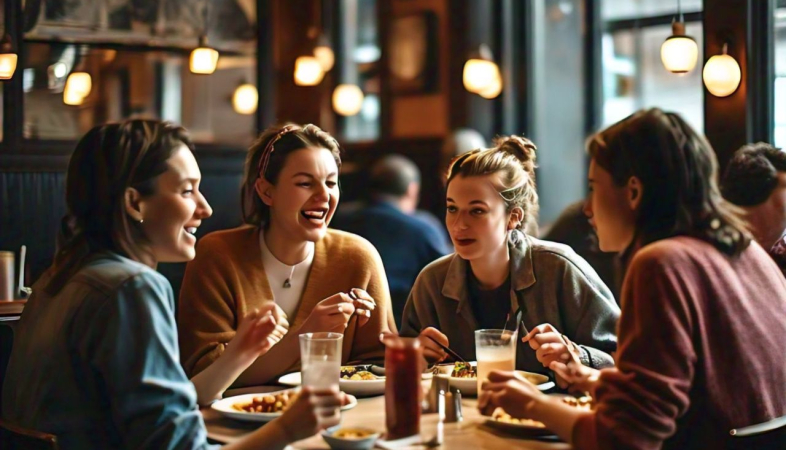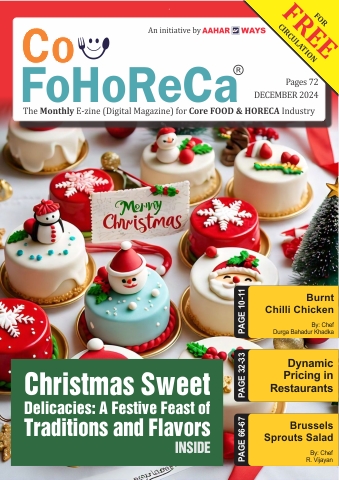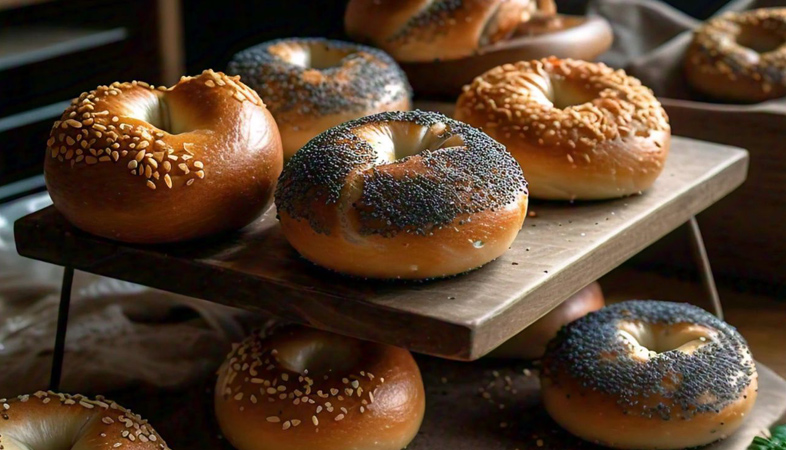Loyalty Programs That Work: Driving Repeat Business in Restaurants and Cafés
A successful loyalty program is not just about discounts; it’s a strategic way to build lasting relationships that keep customers coming back for more.
In a competitive restaurant and café landscape, establishing
a loyal customer base is invaluable. Loyalty programs can effectively drive
repeat business by rewarding customers for their ongoing support, turning
occasional diners into regulars. However, to create a program that truly works,
it’s crucial to go beyond traditional punch cards and predictable discounts.
Here’s a look at how modern loyalty programs can make a real impact on driving
repeat visits and building lasting relationships with customers.
At the heart of any successful loyalty program is simplicity. A straightforward program—whether it’s based on points, tiers, or exclusive offers—encourages participation without overwhelming customers. Programs that are overly complicated or hard to navigate tend to frustrate rather than engage. For instance, a points-based system that rewards customers for every dollar spent can be simple and effective. Customers understand that their loyalty translates directly into benefits, and the program becomes part of their dining routine.
Beyond simplicity, personalization is key in today’s loyalty programs. Customers are more likely to return if they feel that the program caters specifically to them. Technology can help by tracking dining habits, preferred menu items, and special occasions. For example, if a café notices a customer frequently orders a particular drink, it can offer discounts on that item or notify them of new, similar options. Sending birthday discounts or anniversary deals also personalizes the experience, adding a thoughtful touch that fosters connection with customers.
Digital integration further enhances the convenience and appeal of loyalty programs. Mobile apps allow customers to view points, access rewards, and receive updates directly on their smartphones, making it easy to stay engaged. Many restaurant apps even offer mobile payment options and order-ahead capabilities, which streamline the entire dining experience. When rewards are accessible via an app or online platform, customers can easily track their progress and are reminded of the benefits, increasing the likelihood of return visits.
A tiered loyalty structure can also be particularly motivating, encouraging customers to reach higher levels of rewards. For instance, a program might start with basic perks such as a free drink after a few visits, while higher tiers unlock exclusive events, priority reservations, or even chef’s table experiences. This approach appeals to customers who enjoy challenges and are driven by the prospect of unlocking unique, high-value rewards. Tiered systems make loyal customers feel valued and provide them with incentives to reach the next level of exclusivity.
Experiential rewards add another dimension to loyalty programs, making the experience memorable rather than purely transactional. Rather than just offering free items, experiential rewards could include exclusive access to a seasonal menu preview, a cooking class with the chef, or a ticket to a special wine pairing dinner. These types of rewards create lasting memories and can deepen the emotional connection between the customer and the brand. It also reinforces the idea that loyalty goes beyond discounts; it becomes an invitation to be part of something special.
Referral-based rewards can turn loyal customers into brand ambassadors. Offering incentives for bringing in new customers not only helps increase the customer base but also strengthens loyalty among existing patrons. This could look like a reward for every successful referral or a discount when the referred friend makes a first purchase. Such programs foster a sense of community among diners and reinforce the idea that they are valued members of the restaurant’s family.
Transparency in loyalty programs is another crucial element. Customers appreciate knowing the exact benefits of their participation and what they need to do to earn rewards. A clear explanation of how the program works, accessible through an app or website, can increase engagement and ensure customers don’t abandon the program out of confusion. Transparency builds trust, reinforcing the sense that the restaurant or café is a place customers can rely on for both excellent food and valuable rewards.
Finally, consistency in maintaining and updating the program is essential for sustained interest. Seasonal promotions, surprise rewards, or bonus points can help reinvigorate interest over time. Consistent updates keep the program fresh, preventing it from becoming stale. Regularly refreshing the program, while staying true to its core principles, will help ensure it remains engaging and relevant to long-time customers and new visitors alike.
Loyalty programs that effectively drive repeat business focus on simplicity, personalization, digital integration, and experiential rewards. By creating programs that are easy to understand, offer unique experiences, and cater to individual preferences, restaurants and cafés can encourage ongoing customer engagement. A successful loyalty program is not just about discounts; it’s a strategic way to build lasting relationships that keep customers coming back for more.
.png)




























